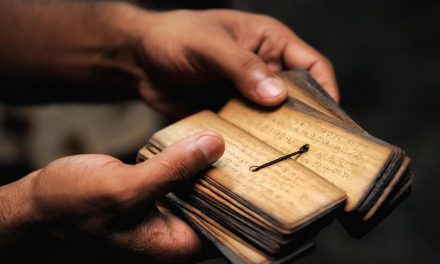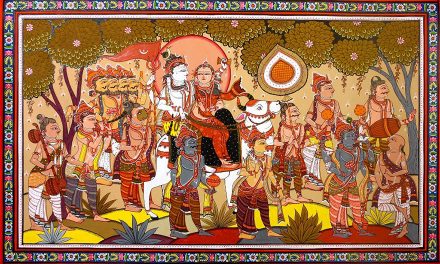In Bhagavad-gita 9.25, Lord Krsna instructs:
yanti deva-vrata devan
pitrn yanti pitr-vratah
bhutani yanti bhutejya
yanti mad-yajino api mam
“Those who worship the demigods will take birth among the demigods; those who worship the ancestors go to the ancestors; those who worship ghosts and spirits will take birth among such beings; and those who worship Me will live with Me.”
Those who worship the Devatas will go to the Devatas, those who worship the Pitrs go to the Pitrs, and those who worship the Bhutas will go to them. Given that the Sanskrit term bhuta literally means “being”, in a sense all the fallen conditioned souls are Bhutas, and may be said to inhabit Pita-loka.
Srila Prabhupada, in his purport on Gita 9.25, explains the following:
“If one has any desire to go to the moon, the sun or any other planet, one can attain the desired destination by following specific Vedic principles recommended for that purpose, such as the process technically known as darsa-paurnamasi. These are vividly described in the fruitive activities portion of the Vedas, which recommends a specific worship of demigods situated on different heavenly planets. Similarly, one can attain the Pita planets by performing a specific yajna. Similarly, one can go to many ghostly planets and become a Yaksha, Raksha or Pishaca. Pishaca worship is called “black arts” or “black magic.” There are many men who practice this black art, and they think that it is spiritualism, but such activities are completely materialistic. Similarly, a pure devotee, who worships the Supreme Personality of Godhead only, achieves the planets of Vaikuntha and Krishnaloka without a doubt.
In his Gita Bhasya, Shankaracharya described Bhutas as being “the hosts (ganas) of Vinayakas and Matrs, the Four Sisters, etc.” The Yajnavalkya Smrti (Vinayaka Kalpa), 7th prakarana, mentions Vinayakas, describing a ritual for subduing these troublesome spirits, who cause much difficulty for humans who anger or disturb them. Ganesh is known as the Lord of the Ganas, and as the controller of obstacles, he is the commander of these transcendental hooligans.
Shankaracharya stated that it is tamasic to worship class of demigods such as the Bhutas and Ganas, or Vinayakas. Not surprisingly, however, the worship of these personalities is regularly employed by the Tantracists, who appeal to them to cease causing problems for them, and to instead cause difficulties for others.
We also find a great deal of focus placed on the Ganas by those who worship Lord Shiva, because the Ganas are said to have accompanied Shiva to Mount Kailasa. Some lived there with him, although many were restricted to living on the cremation grounds. Uma Devi once asked Lord Shiva why he liked to reside on the cremation grounds, which are the abode of demons, jackals, corpses and vultures. He replied that he had roamed the world, looking for a pure place to meditate in. Out of anger and frustration of being unable to find such a place, he created the terrible Pishachas and Rakshasas, who are intent on killing people. Out of compassion however, he restrained this terrible horde, keeping them secured on the cremation grounds, and he sometimes chose to live there with them.
While many images of the Ganas and Bhutas found in temple sculptures show them depicted in their terrible, frightening forms and faces, there are also images of these demons in very benign and endearing forms, such as when they are engaging in devotional service to Lord Shiva and the other demigods. They are found playing kartals and maddala, blowing the conch, etc. The image above depicts such a collective of Ganas, who are in a pleasing mood, while the one below shows a more familiar, ghoulish form typical of images in which they’re associated with Lord Shiva.












